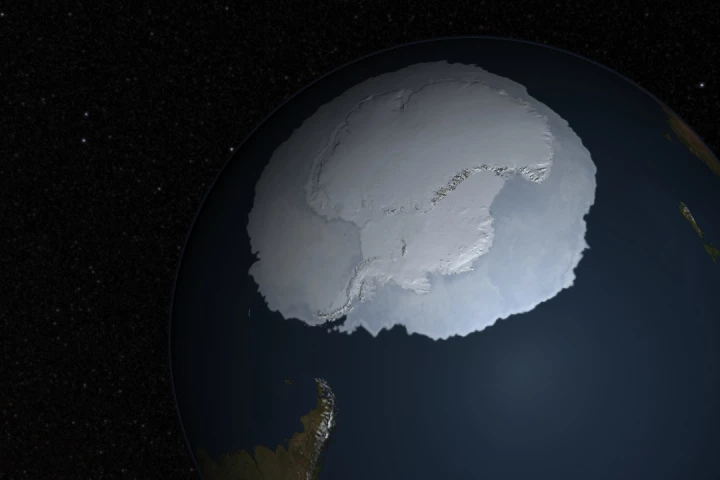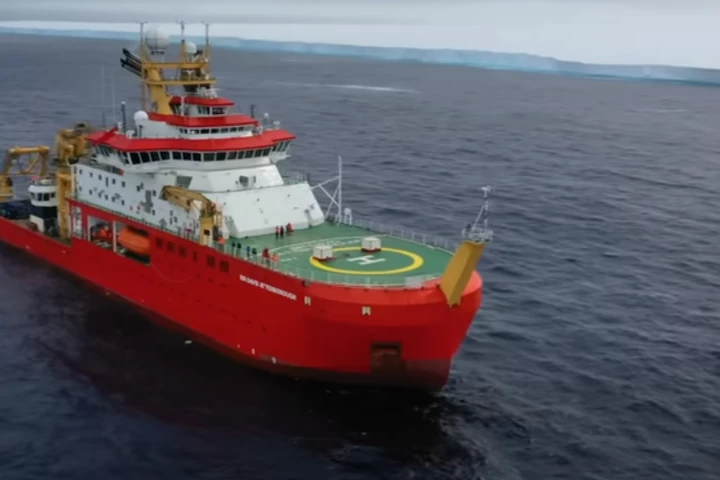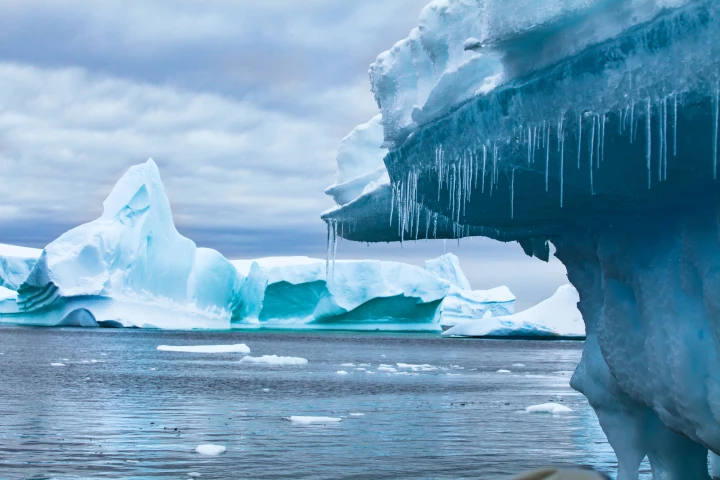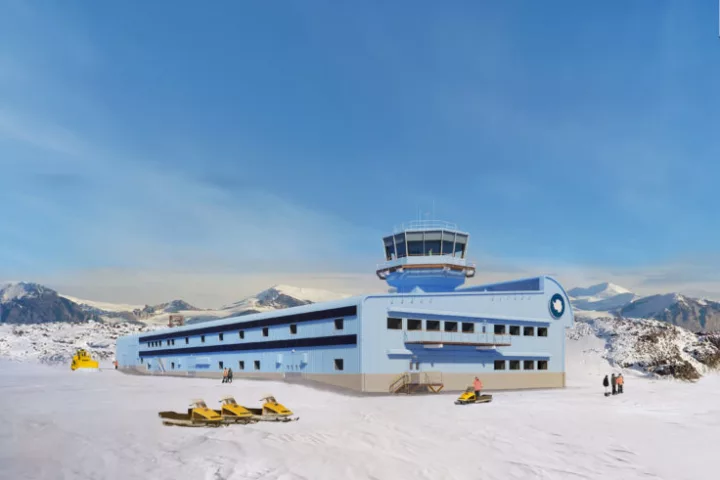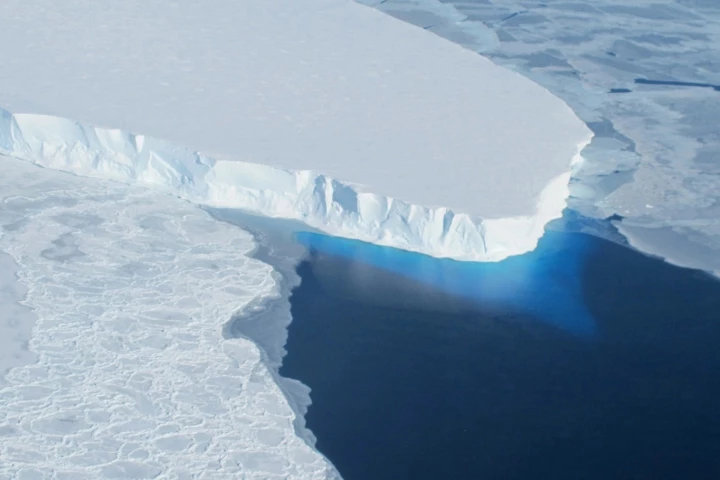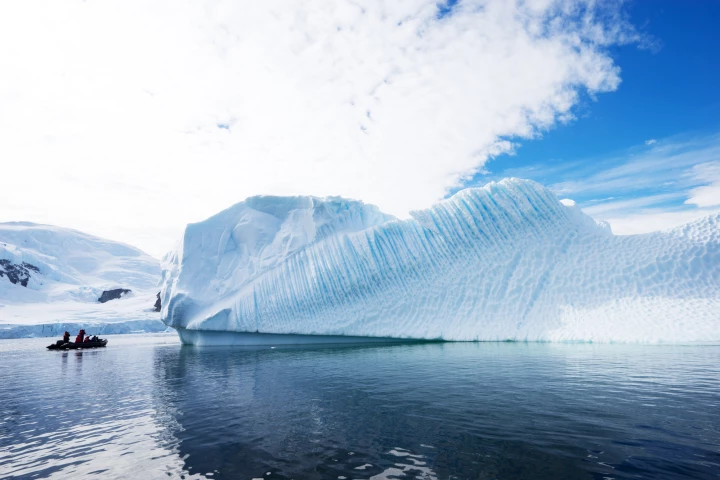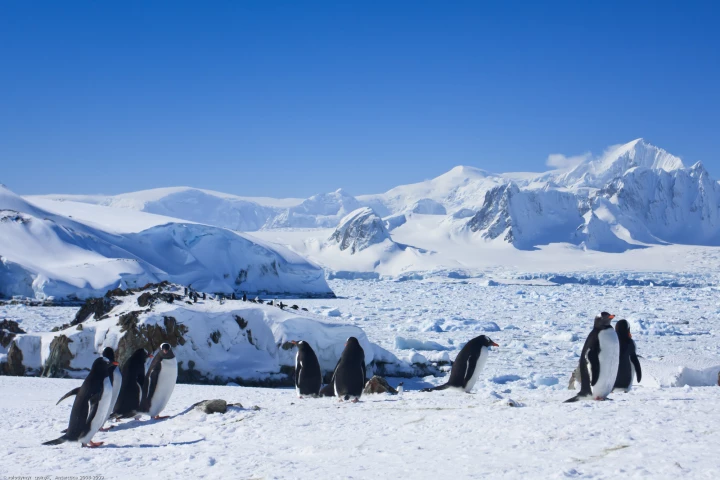Antarctic
-
For centuries, glaciers have sat like frosty crowns atop slumbering volcanoes, keeping Earth’s fury tucked safely beneath layers of ice. But now, as climate change accelerates and glaciers retreat, the lid may be lifting, and the heat rising.
-
The British Antarctic Survey (BAS) has released the most detailed map yet of what Antarctica looks like when you strip away its ubiquitous cover of ice and snow. Derived from 60 years of data, it will help scientists understand ice flows better.
-
Traffic in the vicinity of Antarctica has become a bit trickier now that A23a, the world's oldest and largest iceberg, has broken free of its watery trap north of the South Orkney Islands and is floating northward on the Antarctic Circumpolar Current.
-
The wreck of the ship used for Sir Ernest Shackleton's final Antarctic expedition has been located by the Royal Canadian Geographical Society (RCGS) off the coast of Labrador. The Quest, aboard which Sir Ernest died in 1922, sank in May 1962.
-
Researchers are using machine learning to analyze satellite radar data to detect icebergs in the Southern Ocean around Antarctica as a way to better understand their life cycle and environmental impact.
-
A bright red waterfall isn’t something you’d expect to see on the icy landscape of Antarctica, but that’s what’s pouring out from the foot of Taylor Glacier. Scientists now claim to have solved the mystery behind the crimson waters of Blood Falls.
-
Racing to beat the Antarctic winter, contractors have completed a major milestone in the construction of a new science and operations building at Rothera Research Station designed to withstand polar conditions that is eco friendly and energy efficient.
-
A new study by Stanford University suggests that an 80-mile-wide (130-km) stream of ice in the heart of Antarctica's "doomsday glacier" may expand over the next 20 years, which would increase its ice loss and contribute to sea level rises.
-
Based on a 25-year record of the Western Antarctic Ice Sheet, a team of scientists led by the British Antarctic Survey (BAS) have shown that changes in snowfall over Antarctica can have significant short-term effects on global sea level rises.
-
In development for more than a decade, the Venturi Antarctica was finally set to work in Antarctica at the end of 2021. Now the first and only electric polar exploration vehicle has undergone key upgrades to help it survive higher temperatures.
-
Antarctica isn’t exactly the type of place you’d expect to be teeming with life, but a newly published study suggests the frigid environment at the end of the world may be a little more hospitable than it seems.
-
Among the many mechanisms shaping the Antarctic ice sheet are the processes playing out in its lower layers, and a newly discovered sub-glacial river suggests it may drain away faster than we thought.
Load More

